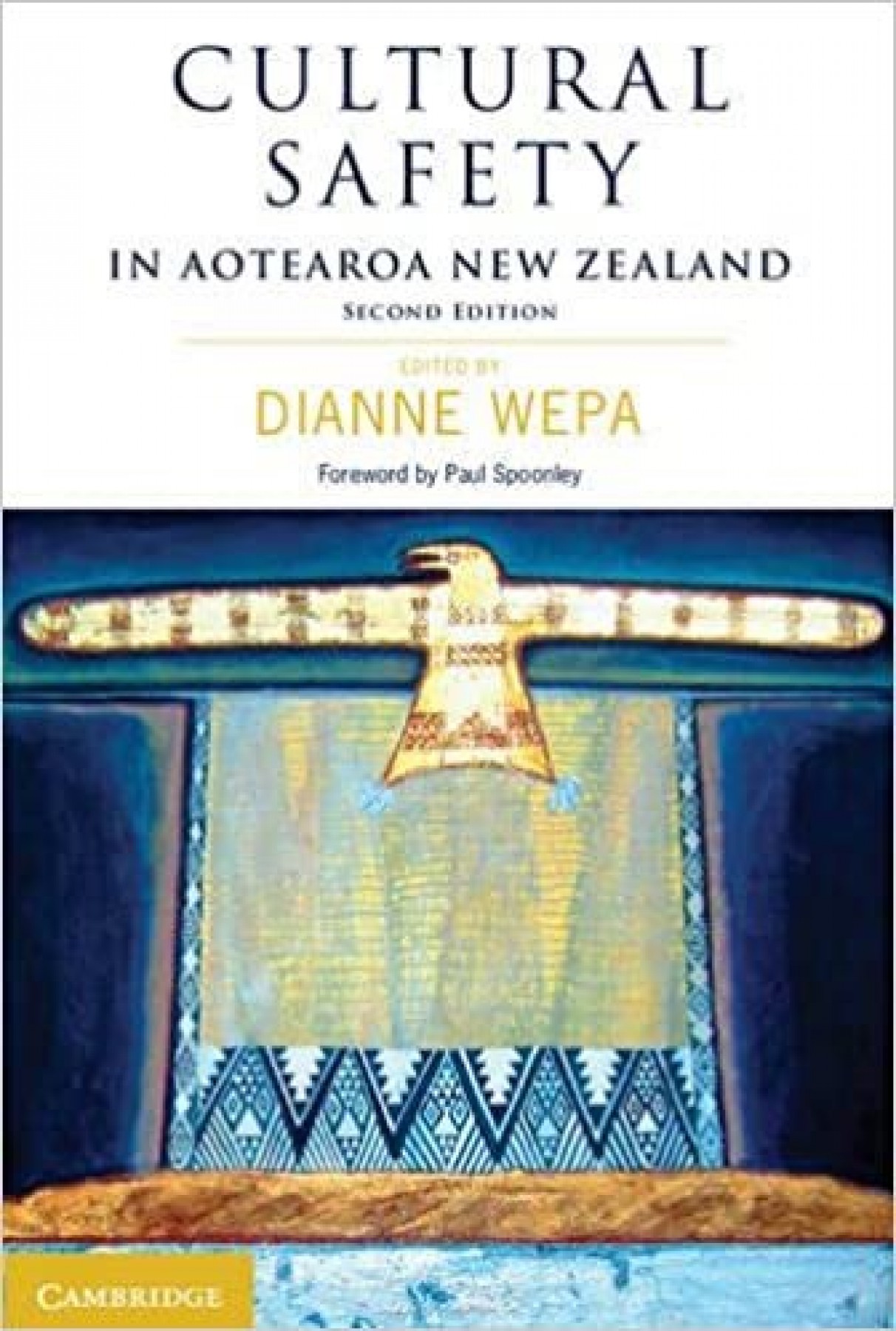In the second edition of Cultural Safety in Aotearoa New Zealand, editor Dianne Wepa exemplifies an array of theoretical and practice-based topics to illustrate what cultural safety means. Wepa focuses on the situations nurses in New Zealand face day-to-day, to help explain the importance of understanding cultural safety while at work.
Wepa came into nursing with the realisation that cultural understanding was missing from the educational system, but she struggled to explain it. For me, it seemed strange that the nursing system didn’t understand cultural safety until Wepa says, “these young people had come to be nurses and the work on racism, cultures and difference that I was offering appeared to have little bearing on nursing, which was a profession in their view which cared for people regardless of who they were.”
The overarching practice of nurses helping people regardless of any differences was completely opposite to what Wepa was trying to convey. She explains, “the idea of the nurse ignoring the way in which people measure and define their humanity is unrealistic and inappropriate... People are still prepared to die in order to maintain their cultural, religious and territorial integrity.”
Wepa’s description of cultural safety is exactly what I think every government or company needs in their staff introduction: “Cultural safety offers practitioners an approach to practising ethically. It assumes that it is not possible to fully understand a client’s culture but instead requires professionals to carefully consider the impact of their own cultural history and experience, and how this might impact on the client’s cultural practices.”
Culture can be how you brush your teeth, what you eat for breakfast, what you do and the way you think. It is near impossible to fully understand another culture, but that doesn’t mean you can’t understand cultural safety.
In one section, Wepa creates a hypothetical situation focusing on mental health, providing follow-up questions to test your understanding of cultural safety within the situation. I think Wepa’s lens on the topic and how she challenges your understanding of a situation is thought-provoking. The beauty of culture is what makes humans and complex mammals, yet it is because of that cultural complexity that we must practice cultural safety. I believe this book should be taught and discussed throughout New Zealand.
Reviewed by Kate Cherven, Programme Engagement Specialist at the Mental Health Foundation
I Need Help Now
Help for you or someone important to you
More

